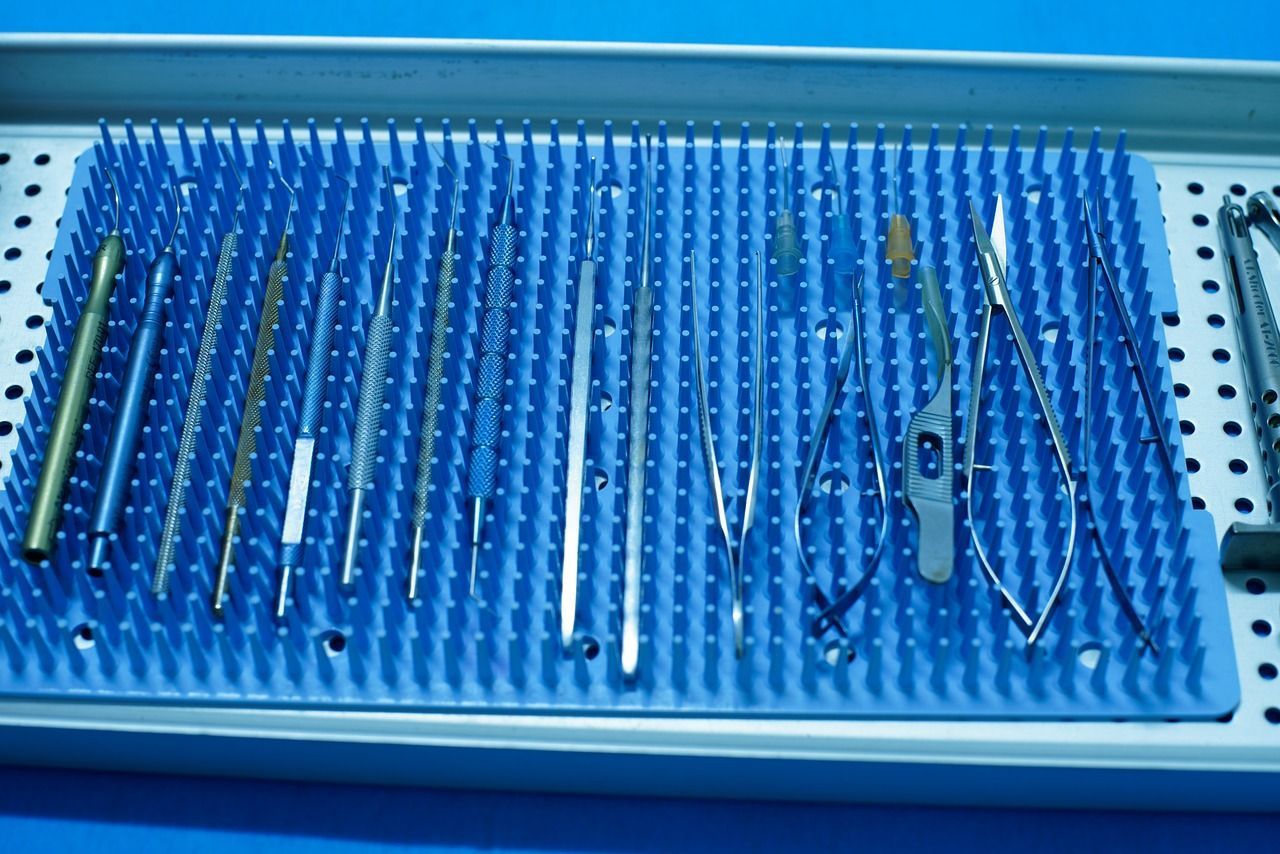Cataract surgery: the patient’s experience

Blog vol 5.17. Cataract surgery: the patient’s experience.
Last Thursday, one of my colleagues at Burlington Eyecare underwent a procedure that you do twice in your life. No, it was not having your second child or your second hip replacement. It was cataract surgery. Nowadays, almost all people will have the procedure done, one eye at a time. It can be scary, like most surgeries there are risks involved, and when it comes to your eyes and your sight, that is daunting.
The eye doctor will sometimes mention that the cataract is “ripe”. What they mean is that it is now worth the “trouble” of replacing it with an implant lens. It is important to note that this is surgery and it is a serious matter. There is an optimal window of time to have cataracts removed, because the opacity in the eye will become more and more brittle over time, making its removal really tricky.
Fortunately, we have very capable surgeons and hospital staff to refer to in our area.
The process started months ago. My colleague was referred for cataract assessment, and it was determined that the procedure would be beneficial. Next was lens power determination, where the focal length of the eye was measured with a special machine to determine the power of the implant lenses needed. The type of implant lens was decided upon, then the custom lenses were ordered and set aside for the big day. They went with a mono-focal lens to correct distance vision, and upgraded to an aspheric lens to help with night vision.
The worst eye is usually done first (unless visual impairment is present in the worst eye) and in this case, the right eye was done on Thursday. They arrived at the Hamilton Regional Eye Institute which is on the King Campus of St. Joseph’s Healthcare around 11:00 am and were admitted and taken to the Eye Centre where preparation included gel drops and a small IV to enable the administration of fluids and a sedative. Onto the gurney and into the OR, however, after this not much is remembered. During the surgery, light mostly and the whirring of a machine (a phaco machine, a machine used in cataract surgeries).
While the sedation was working, the surgeon prepped the area and made a small incision, about 3 mm in size, and through that port and a widely dilated iris, cut through the front of the capsule, removed it and then with ultrasound and suction broke down the cataract and removed it, careful at all times to not damage the capsule of the lens (the sac) where the lens implant will be centred. The anterior chamber was filled with Healon to assist implantation, then the folded implant lens was inserted through the port and into the capsule, unfolded and centered, and finally the surgeon exited the port and ensured that the eye’s pressure would secure the wound. Pretty brilliant really. (Read more about the procedure here).
This all took 10-20 minutes, no glitches. My colleague was soon home and able to remove the eye patch. First experience: “Everything is so bright!” The cataract eye is like an incandescent light and the post-surgery eye is like LED, or high definition, which at first is dazzling. The eye looks great, a bit of redness and swelling, but healing nicely. The “patient” is using steroid drops and finishing a round of antibiotics with lots of lubrication drops, and is back to work.
The second eye is scheduled in the next few weeks, then wow! so bright, so clear.
The good doctor






